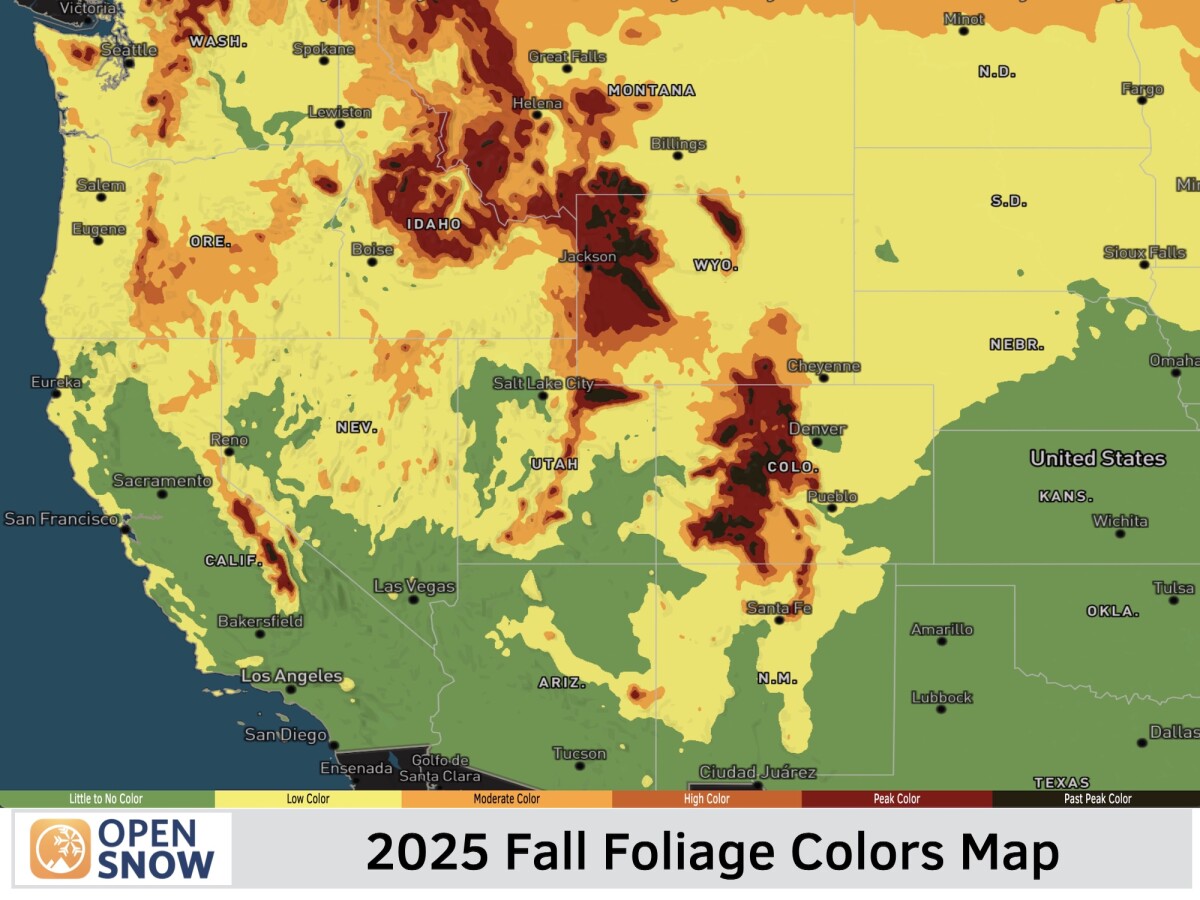News

By Alan Smith, Meteorologist Posted 2 years ago July 27, 2023
Understanding Fire Danger & Fire Weather Advisories in the U.S.
There are multiple U.S. government agencies that issue fire danger products, all of which are highly valuable from an awareness and preparation standpoint. However, understanding the meaning and differences between various fire danger products can also be confusing if you're not familiar with them.
Some products may indicate that fire danger is very high, while others may indicate that fire weather concerns are "moderate" or "below critical levels". Why the differences?
There are two main factors that influence fire concerns on a given day:
- The "ease" of which vegetation fuels can ignite, burn, and spread, based on preceding dry or wet conditions and fuel availability.
- Short-term weather factors that can make it easier for fires to ignite and/or spread on a given day.
Fire Danger as Defined By Park/Forest Service and Interagency Fire Managers
Interagency fire coordination centers are located throughout the U.S. and are divided up into smaller regions. Fire managers monitor vegetation fuel conditions in their local zones, and will rate the fire danger based on how wet or dry fuels are, and their susceptibility to burning. This is known as the National Fire Danger Rating System.
National forests, parks, and other areas frequently display these ratings on "Smokey Bear" signs in visible areas and on websites, news publications, etc. The ratings include Low, Moderate, High, Very High, and Extreme.
More Info → National Fire Danger Rating System

The National Fire Danger Rating System is based on dryness of vegetation fuels and the fuel load, which has to do with how much vegetation is susceptible to burning – significant amounts of dense brush, tall grass, or undergrowth for instance.
These ratings also tend to change more gradually over time rather than on a day-to-day or hour-to-hour basis.
Fire Weather Watches/Warnings Issued by the National Weather Service:
The fire danger as rated by Interagency Fire Managers can be thought of as a "prerequisite" – are fuels dry enough to burn? And how susceptible are the fuels to burning and spreading at high intensities based on dryness and fuel load?
Once these prerequisites are met, then daily weather conditions become the next factor.
The main weather factors that make it more likely for fires to ignite and rapidly spread on a given day include any of the following:
- Hot temperatures
- Low relative humidity
- Strong winds
- Lightning
Local National Weather Service offices monitor these weather factors closely when Fire Danger is already determined to be significant (at least "High" in most cases) based on pre-existing fuel conditions.
If any of the above weather factors are forecasted which could further increase the risk and spread potential of wildfires, then the National Weather Service will issue watches and warnings, much in the same way they do for winter storms or other forms of inclement weather.
Fire Weather Watch:
A Fire Weather Watch is issued when critical fire weather conditions are possible, typically 12-48 hours in advance rather than on the same day. This is similar to a Winter Storm Watch.
Red Flag Warning:
This is where the wording gets a little bit confusing. A Red Flag Warning (as opposed to a Fire Weather Warning) is typically issued when critical fire weather conditions are likely within 12 hours, i.e. on the day of the forecast.
A Red Flag Warning indicates that fire weather conditions are more imminent than a Fire Weather Watch, much in the same that a Winter Storm Warning indicates snow or winter weather is more imminent than a Winter Storm Watch.

Fire Weather Watches and Red Flag Warnings should always be taken very seriously, especially if high winds are in the forecast which can result in rapidly spreading fires.
Fire danger as rated by Interagency Fire Managers is very important, especially when it comes to campfires and other human ignition sources, but these ratings can remain roughly the same for weeks or even months on end at times.
Fire Weather Watches and Red Flag Warnings are issued less frequently and highlight certain days when fire danger is even higher compared to other days due to certain weather variables.
For example, if fire danger is rated as "Very High" or "Extreme" and a Red Flag Warning is issued with 40-50 mph wind gusts mentioned in the warning, this would indicate a significant risk of wildfires which could then spread very quickly.
Alan Smith, Meteorologist
About The Author




